Your solid hardwood floor may be a “solid” piece of wood, but it probably won’t last as long as you think (or have been told) that it will.
Wear layer: What is it, and what is it good for?
Simply put, “wear layer” is the re-sandable top layer of your hardwood flooring. We’ve talked about wear layer before. The truth is that both types of real hardwood — solid and engineered — are affected by “wear layer.” When you first install your hardwood flooring, it’ll be beautiful and brand new. Years from now, when those floors have started to “wear” down from use — accumulating scuffs, scratches, and losing their finish — you will most likely want to refinish them.
Refinishing: How do solid and engineered compare?
Frankly, they’re about the same. All hardwood flooring is cut to fit together beneath the surface level, usually with what’s called a “tongue and groove” system. This keeps the floors from shifting and moving around, and it’s usually complemented with glue underneath as well. Engineered hardwood’s wear layer is the re-sandable, re-finishable surface composed of your hardwood of choice (with us, that’s either white oak or walnut!). Solid hardwood is like a brick of that wood. Because both types of hardwood have that “system” underneath, both types can only be refinished so far. Solid cannot be refinished indefinitely! Depending on the overall thickness of either type, they come out about the same.
For our engineered 5-6mm wear layer hardwood, you can refinish between 5-7 times. The overall thickness is about 3/4″.
For our engineered 2-3mm wear layer hardwood, you can refinish between 2-3 times. The overall thickness is about 5/8″.
Solid hardwood is almost exactly the same. Again: the thickness (and wear layer!) is crucial here. Compare for yourself!
A question of refinishing vs. price.
You want to get what you’re paying for. Your hardwood — no matter where you get it — is an investment, and a good investment can pay off! But don’t waste your time (and money) on solid hardwood, where approximately two-thirds of what you’re paying for will literally never even see the surface, or just any poor-quality engineered hardwood.
What have your floors done for you lately?
It’s good to go into any major purchase decision with all the facts. Stay up to date on the latest in engineered flooring technology, the most premium wide plank engineered flooring trends, and other insider information with us on Facebook, Instagram, and here on our blog.


How great that you talk about the difference between solid and engineered flooring, that it is very similar. My sister wants to redo her floor in her kitchen and is thinking about getting a hardwood floor. I will suggest to her to find a reputable place for hardwood floor installation.